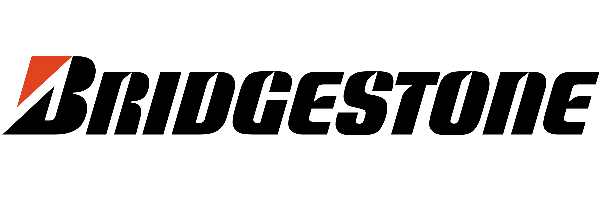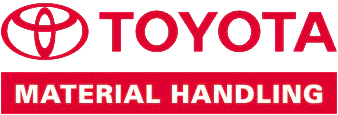Actionable tips that you can get started with today. The process of identifying problems, assessing and subsequent formulating and implementing prevention programmers relies largely on a well-functioning monitoring system. https://osha.europa.eu/en/publications/report-how-reduce-workplace-accidents
1. Implement a reporting system
An adequate safety reporting system will allow you to capture all information relating to incidents, hazards and near misses etc.
2. Train workers how to identify and control hazards
3. Conduct inspections
4. Collect hazard control ideas
5. Implement hazard control ideas
6. Address/anticipate workplace emergencies
7. Provide adequate safety equipment
8. Keep up-to-date with the latest hazards
9. Provide proper training
10. Keep up to date with your employee’s certification
11. Avoid shortcuts during tasks and jobs
12. Regular communication with supervisors and staff
13. Undertake regular risk assessments
14. Conduct planned emergency drills (emergency action plans)
15. Maintain a clean and organised workspace
16. Ensure the required signage is posted
17. Be aware and cautious of surrounding
19. Update your safety data sheets
20. Ensure staff are qualified for the required job
21. Proper lighting (for avoiding slips, trips and falls)
22. Keep up to date with maintenance for machinery and equipments
18. Conduct regular audits
23. Provide an environment where staff feel comfortable discussing problems with supervisors/managers
24. Review metrics such as LTI and Injuries by Body Location to see where improvements can be made
25. Create an organisational leadership structure that fosters a culture passionate about health, safety and wellness
https://www.weforum.org/agenda/2017/03/workplace-death-health-safety-ilo-fluor/






